What is liquid stone?
Recently, an artificial finishing material made of polymer resins and small-fraction (2-3 mm) inclusions of natural stone has appeared on the market: granite, onyx, marble, quartz, obsidian, travertine. The viscous substance contains functional additives (adhesives, plasticizers, hardeners), after hardening it is polished and becomes indistinguishable in appearance from the selected mineral base.
Since the most durable and attractive coating is obtained from polyurethane and granite chips, it has become widespread and gave the material an alternative name – liquid granite.
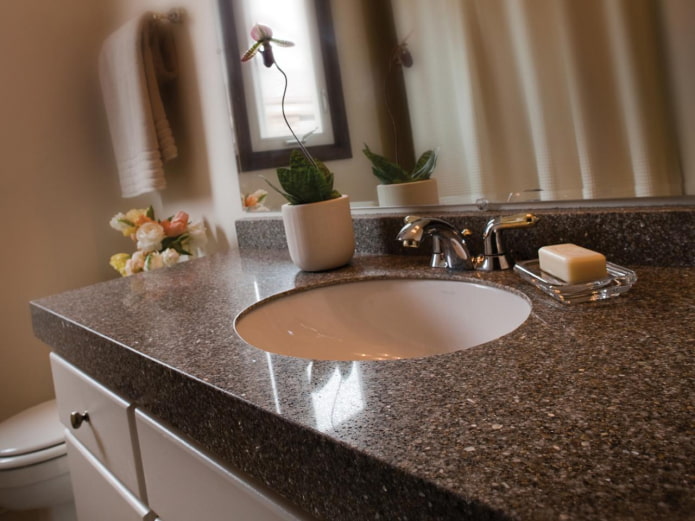
What is so good about it?
To extract a rare rock, transport it, such a heavy one, to the place of production and not split it, carve an object of complex configuration, polish it and cover it with a protective compound – a whole quest for paths to a dream. It is much easier to mix the remains of luxury with inexpensive synthetic substances, spray it on the desired place or cast the required product, wait for it to dry and apply the final makeover.
Liquid stone has many advantages:
- Durable and reliable, lasts up to 15-20 years;
- Weighs significantly less than its natural counterpart;
- Warm to the touch;
- Does not slip underfoot and does not make noise from water;
- Lacks pores, so it does not get wet and does not accumulate infection;
- Easily restored in case of damage;
- Does not fade or crack from temperature changes;
- Withstands heavy impacts and prolonged abrasion;
- Eco-friendly and safe for health;
- Has a variety of shades and textures.
Liquid stone has only two disadvantages: relatively high cost and complex installation technology, which requires special conditions and a professional approach.

Where can it be used?
This material opens up wider possibilities than natural stone, since it allows you to create complex, thin, unusual structures. In general, the area of use is the same.
Liquid stone is used to produce:
- countertops;
- window sills;
- kitchen aprons;
- sinks, bathtubs and shower trays;
- facade and pool tiles;
- floor and wall coverings;
- sculptures, furniture and other furnishings.
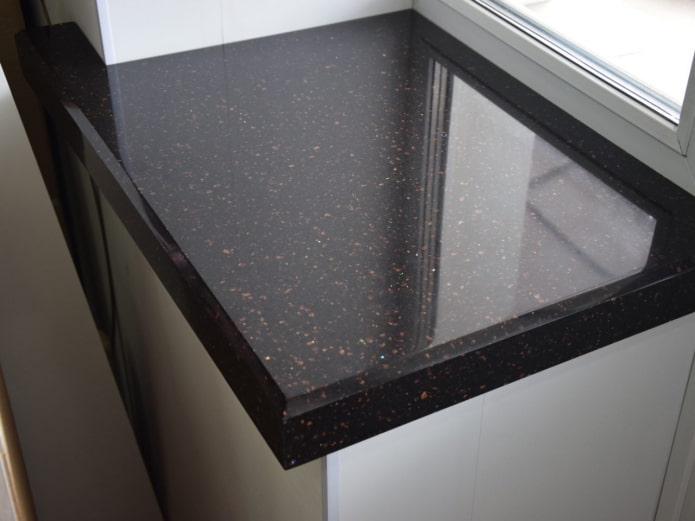
Application Features
Most often, the material is sprayed with a special gun onto the surface that needs to be given decorative and operational qualities. It is first primed, and after the liquid stone dries, which takes a day or two, it is polished with a grinding machine to a mirror shine. The result is strikingly similar to the natural original source, but when you touch it, you immediately feel the difference – the coating is unique, plastic-rubber.
In addition to spraying with a layer of up to 3 mm, which can be direct and reverse, casting is used in ready-made solid or split forms – products up to 5 cm thick are obtained. This process requires factory equipment and special drying conditions, so it is rarely carried out at home, but experienced craftsmen often decide to apply liquid stone to a countertop or bathtub on their own. The mixture is prepared using a paddle attachment on a drill.
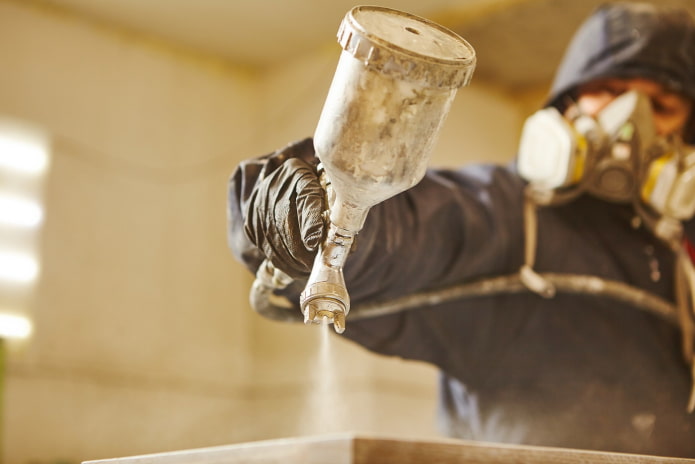
You cannot do without the following components, sold in a hardware store:
- mineral chips, usually microcalcite;
- gelcoat, that is, a polymer base;
- catalyst;
- hardener;
- hot melt adhesive;
- plasticine;
- fiberglass;
- solvent;
- pigment.
The proportions depend on the desired result and the properties of the specific substances selected. In addition to clarifying this point, it is necessary to carefully prepare for the work. You need protective clothing and a respirator. The room should be well ventilated and heated (18-24 degrees Celsius).
A training video will help you understand the technology in detail:
Design options
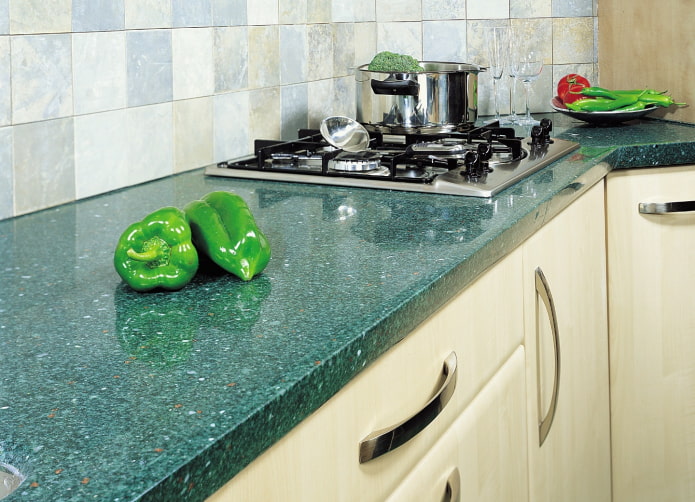
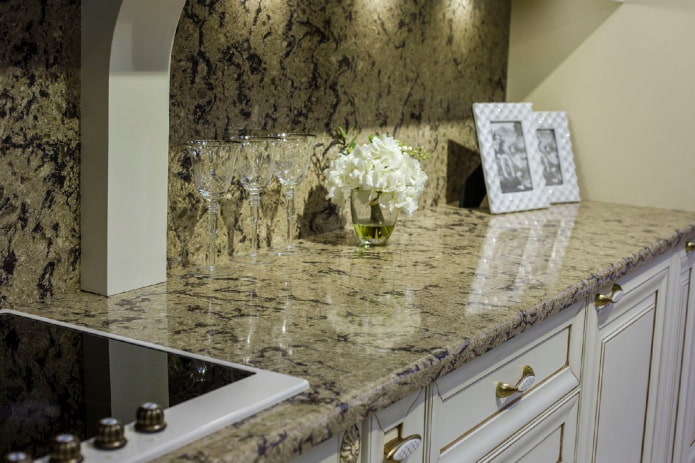
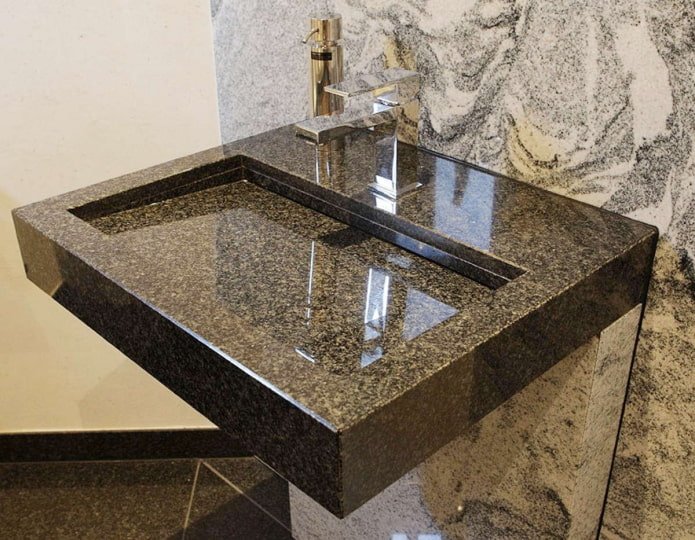
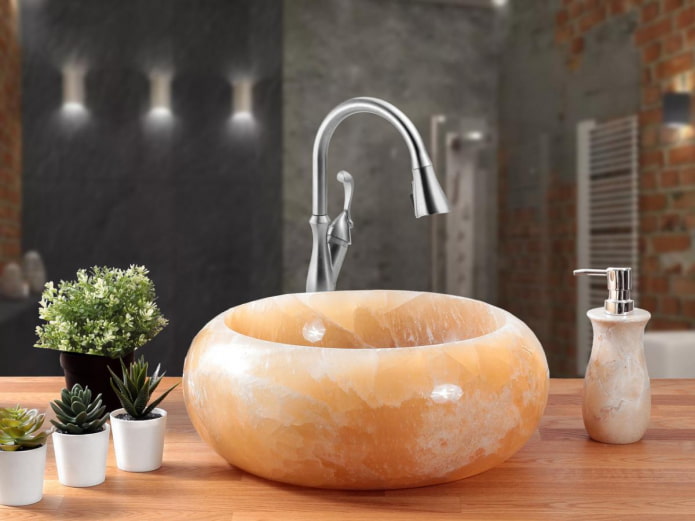
Care recommendations
It is enough to wash the surface finished with liquid stone with warm soapy water and wipe with a soft cloth or sponge. Rough brushes, abrasive powders, oils and silicones should not be used. Gentle household products containing acids, alkalis and chlorine are acceptable for treating heavily soiled plumbing.
Since liquid stone is most often used to arrange kitchen countertops, we emphasize that you should not chop food directly on them or place hot dishes on them – this is fraught with scratches and cloudy spots.
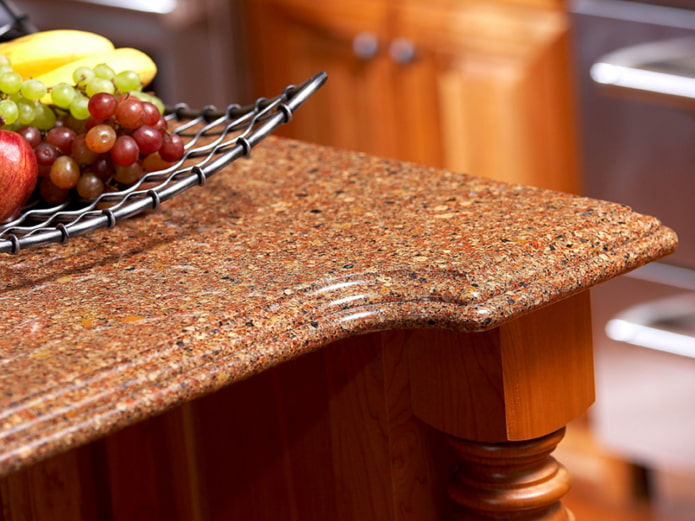
Now reading:
- Living Room: 32 Images and Furniture Selection Tips
- Children’s Photo Wallpaper: Over 70 Modern Ideas and Design Inspirations
- Stucco Ceiling Decorations: 60 Photos with Ideas for Chandeliers and Patterns.
- 23 indoor bulbous flowers – catalog with names and images
- Modern interior with brick: design ideas and stylish photos.